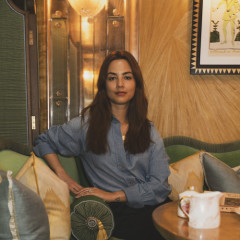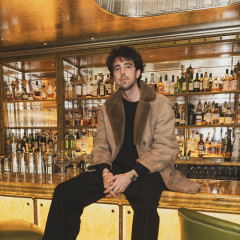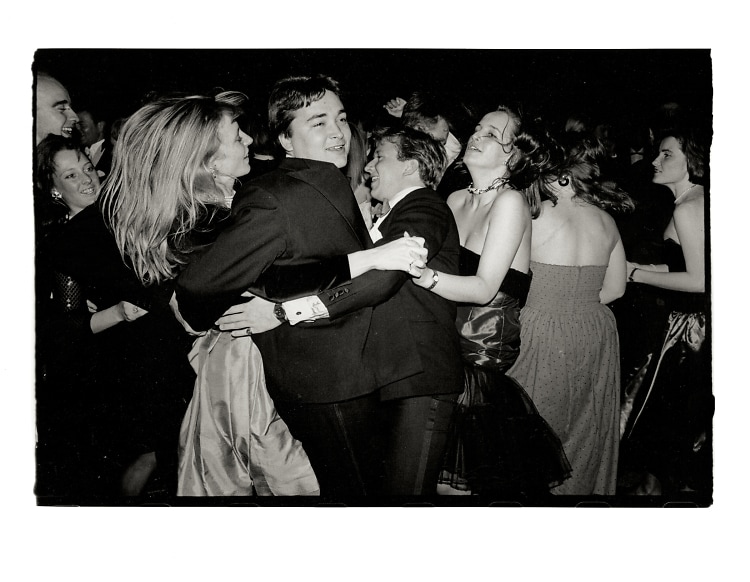
No one does drunk privilege quite like the English.
For years Dafydd Jones photographed England's moneyed and titled at their most wild and unbuttoned-up. Toffs letting loose at multi-day shooting parties out at their family's country seat. Black tie charity balls that quickly took a turn for the self-indulgent. Champagne-fueled private school picnics, pass-out-on-the-floor birthday parties - the 1980s were a time, to say the least.
It was the last days of unapologetic excess, and England's upper-class certainly licked their plates clean...
A nostalgic remembrance of things past, Jones's newest photo book, England: The Last Hurrah, published by ACC Art Books, is a brilliant pre-social media feed of saucy snaps that are sure to entertain.

You grew up in Oxford, but not among the society set. How did you find yourself among
them for these events?
It was my first experience of being a journalist. I knew my way around the Oxford colleges as I’d lived there. I worked in the library and also cleaned rooms, kitchens and also been a window cleaner. I learned that I could take part in the cultural life that students lived without actually being a student. I went to concerts, film screenings and even lectures. I had friends at the colleges.
But the group I wanted to photograph were a separate kind of upper class sub group at Oxford. I cold-called on people in their college rooms. I would talk to people and they would say oh yes you need to speak to so and so. I would borrow a telephone to ring up numbers. Pre-mobile and I didn’t have a landline but some friends did. Some people helped me. They would say, “Oh yes, I'm going to this great party. Do you want to come?”
Sometimes I’d go and the party wasn’t very good. So I was learning as I went along. The people that couldn’t get into the higher echelon clubs formed their own that were slightly lower down the social scale, it took me a while to learn the differences. Or I would hear about a party and get a tel number. I guess I was a bit pushy.

What was your philosophy behind photographing these moments? Was there a sense of
objectivity that you hoped to present as an “outsider” looking in?
Yes. I studied Tatler magazine and thought wouldn’t it be interesting to photograph what really happened rather than boring posed pictures?
How would you describe the mood of these parties, and this crowd, compared to the rest
of England at this time?
England had been going through a recession and a lot of social discontent. There was a reaction against a kind of drabness. There were various youth movements including Punk. There was a resurgence of dressing up at Oxford. In London there was a movement that started in clubs called the New Romantics.
Did you find that some people “performed” for the camera when they saw you about?
A bit. As I became better known it became a problem. That was one reason why I left England and moved to New York in 1989. It was wonderful to be unknown again.
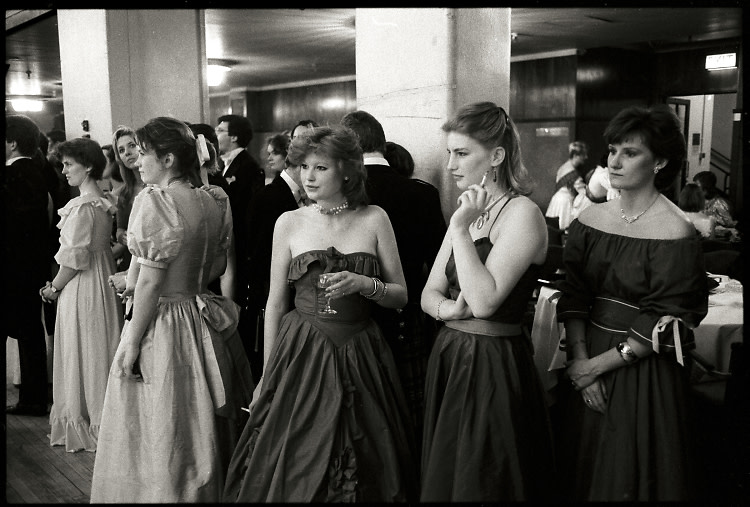
What was one of the most memorable moments you’ve seen/captured among the young
artistos?
There were a lot. You need to buy the book to see them all.
How have these parties changed over the years - or have they remained the same (save
for the hairstyles)?
They’ve become more tied in with culture and commercial. Less cliquey and more open. More diverse. In England the fashion and art world have grown hugely.
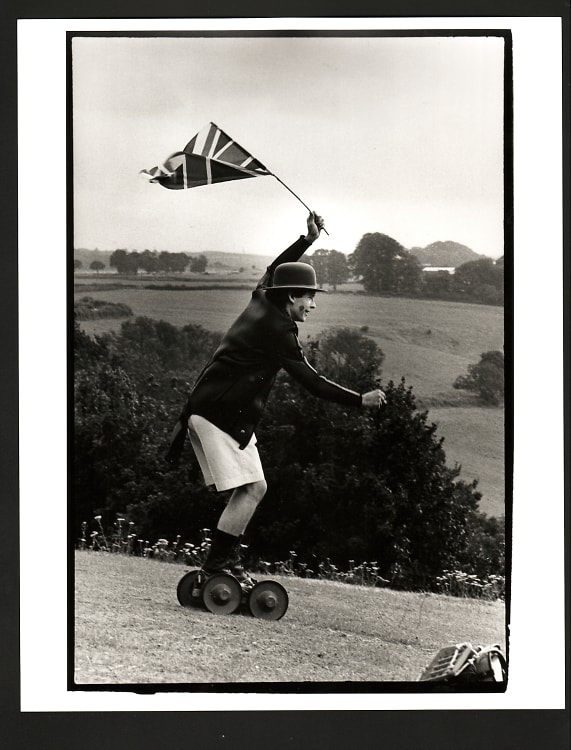
In your opinion, what makes a good party photograph - and good party photographer?
Well parties always go on and people mark their lives with them. They meet new friends. Relationships start and finish.
Birthdays, weddings, christenings, launches, openings. Any sort of celebration.
There are different sorts of party photographers.
Patrick McMullan in New York for instance is much more outgoing than me. He introduces people to each other and loves going out.
I’ve always found photographing at parties very difficult.
I would say a good party photographer has to be interested in people.
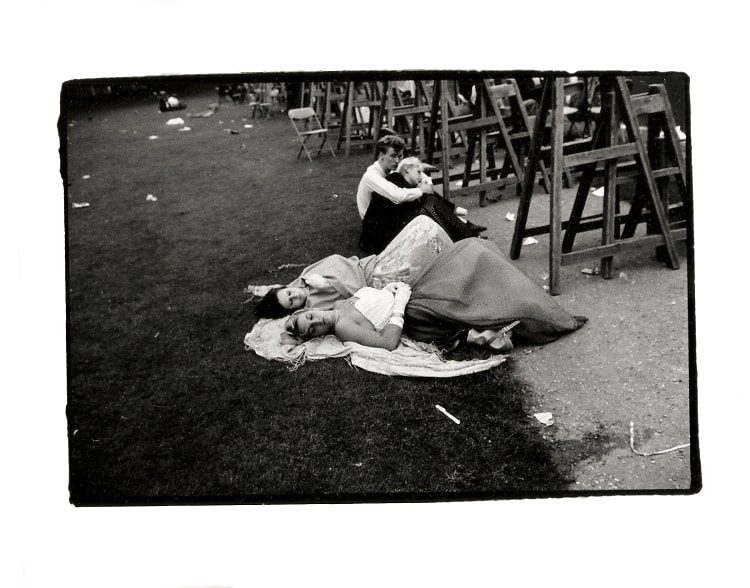
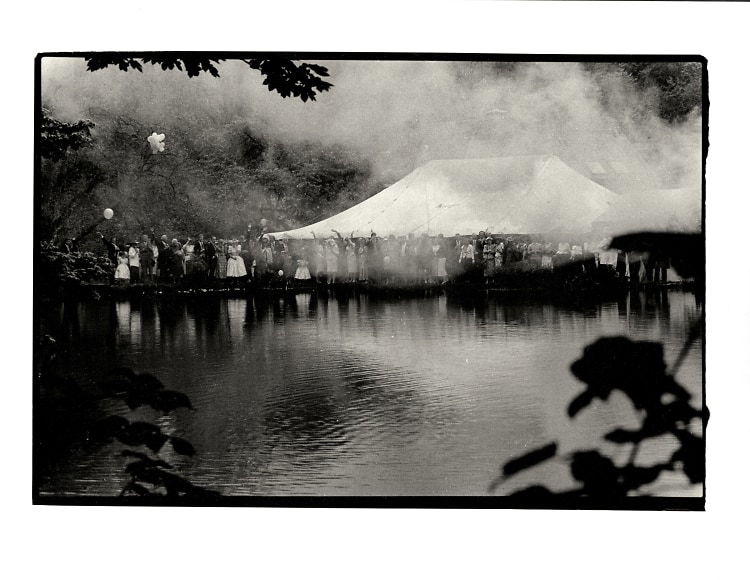
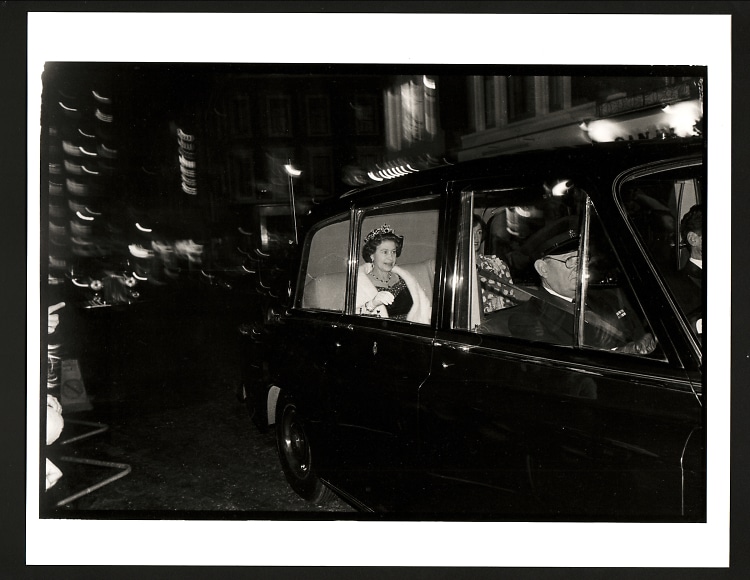
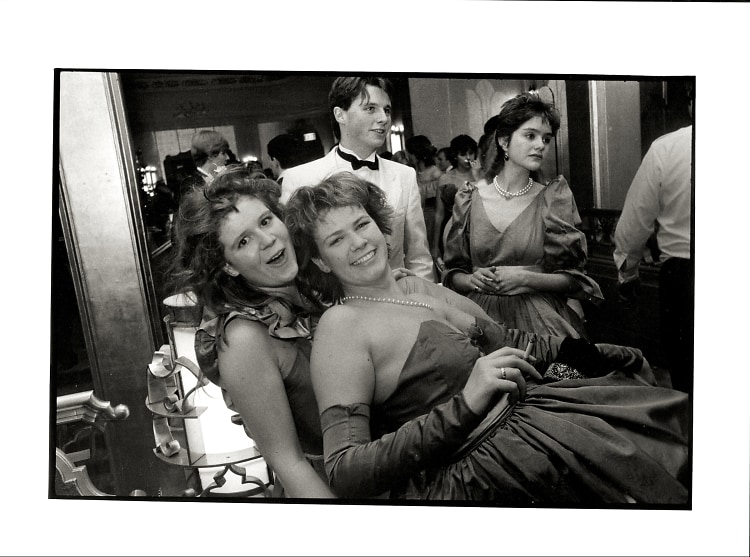
[Photos by Dafydd Jones]


.jpg)
.jpg)



.jpg)
.jpg)
.jpg)



